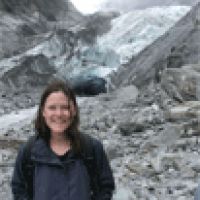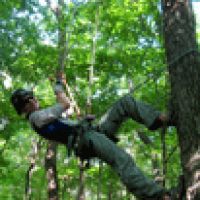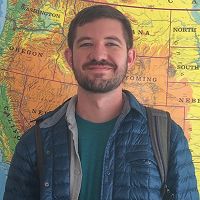Brantley et al., 2018
Susquehanna Shale Hills Critical Zone Observatory: Shale Hills in the Context of Shaver's Creek Watershed
Brantley Susan, White Timothy, West Nicole, Williams Jennifer, Forsythe Brandon, Shapich Dan, Kaye Jason, Lin Hangsheng (Henry), Shi Yuning, Kaye Margot, Herndon Elizabeth, Davis Kenneth, He Yuting, Eissenstat David, Weitzman Julie, DiBiase Roman, Li Li, Reed Warren, Brubaker Kristen, Gu Xin (2018)
Vadose Zone Journal, 17:180092
-
National, Eel, Luquillo, Shale Hills, INVESTIGATOR, COLLABORATOR
-
National, Shale Hills, INVESTIGATOR, STAFF
-
Shale Hills, INVESTIGATOR, COLLABORATOR
-
Shale Hills, STAFF
-
Shale Hills, STAFF
-
Shale Hills, STAFF
-
Shale Hills, INVESTIGATOR
-
IML, Shale Hills, INVESTIGATOR
-
Shale Hills, INVESTIGATOR
-
Shale Hills, INVESTIGATOR
-
Shale Hills, INVESTIGATOR
-
Shale Hills, INVESTIGATOR
-
Shale Hills, GRAD STUDENT
-
Shale Hills, INVESTIGATOR
-
Shale Hills, GRAD STUDENT
-
Shale Hills, INVESTIGATOR
-
Shale Hills, INVESTIGATOR
-
Shale Hills, GRAD STUDENT
-
Shale Hills, INVESTIGATOR, COLLABORATOR
Abstract
The Susquehanna Shale Hills Critical Zone Observatory (SSHCZO) was established to investigate the form, function, and dynamics of the critical zone developed on sedimentary rocks in the Appalachian Mountains in central Pennsylvania. When first established, the SSHCZO encompassed only the Shale Hills catchment, a 0.08-km2 subcatchment within Shaver’s Creek watershed. The SSHCZO has now grown to include 120 km2 of the Shaver’s Creek watershed. With that growth, the science team designed a strategy to measure a parsimonious set of data to characterize the critical zone in such a large watershed. This parsimonious design includes three targeted subcatchments (including the original Shale Hills), observations along the main stem of Shaver’s Creek, and broad topographic and geophysical observations. Here we describe the goals, the implementation of measurements, and the major findings of the SSHCZO by emphasizing measurements of the main stem of Shaver’s Creek as well as the original Shale Hills subcatchment.
Citation
Brantley Susan, White Timothy, West Nicole, Williams Jennifer, Forsythe Brandon, Shapich Dan, Kaye Jason, Lin Hangsheng (Henry), Shi Yuning, Kaye Margot, Herndon Elizabeth, Davis Kenneth, He Yuting, Eissenstat David, Weitzman Julie, DiBiase Roman, Li Li, Reed Warren, Brubaker Kristen, Gu Xin (2018): Susquehanna Shale Hills Critical Zone Observatory: Shale Hills in the Context of Shaver's Creek Watershed. Vadose Zone Journal, 17:180092. DOI: 10.2136/vzj2018.04.0092
 This Paper/Book acknowledges NSF CZO grant support.
This Paper/Book acknowledges NSF CZO grant support.
Explore Further




















